Climate experts believe that reducing greenhouse gas production will not be enough to limit the effects of climate change. We must also remove a large amount of carbon dioxide from the atmosphere that we have already released.
Besides planting trees, one way to remove CO2 from the atmosphere is through direct air capture systems (DACs). Operate by stripping CO2 from the air and then either burying it underground or using it to manufacture products such as concrete or aviation fuel.
Currently, there are 19 DAC systems operating worldwide that capture around 10,000 tons of CO2 annually. To completely cancel out the total amount of CO2 produced each year, we’d need to sequester 20 billion tons of CO2 annually.
Solving climate change through DAC seems like an overwhelming, impossible task. Still, a new development in West Texas could prove that DAC is a viable solution that can easily be scaled to remove millions, if not billions, of tons of CO2 annually.
Last year, Occidental Petroleum Corp. broke ground on the STRATOS DAC plant in West Texas, which, when operational, could remove up to 500,000 tons of CO2 from the atmosphere every year. The plant is the first of what the company hopes to be 100 of its kind. The original budget was $800 billion, but it has blown up to $1.3 billion, bringing a $500 million investment from BlackRock.
BlackRock’s investment is a big vote of confidence in the efficacy of DAC technology and the STRATOS project's financial viability.
“We are excited to partner with BlackRock on this transformative facility that will provide a solution to help the world reach net zero,” Occidental Petroleum Corp Vicki Hollub said in a statement. “This joint venture demonstrates that Direct Air Capture is becoming an investable technology and BlackRock’s commitment in STRATOS underscores its importance and potential for the world. We believe that BlackRock’s expertise across global markets and industries makes them the ideal partner to help further industrial-scale Direct Air Capture.”
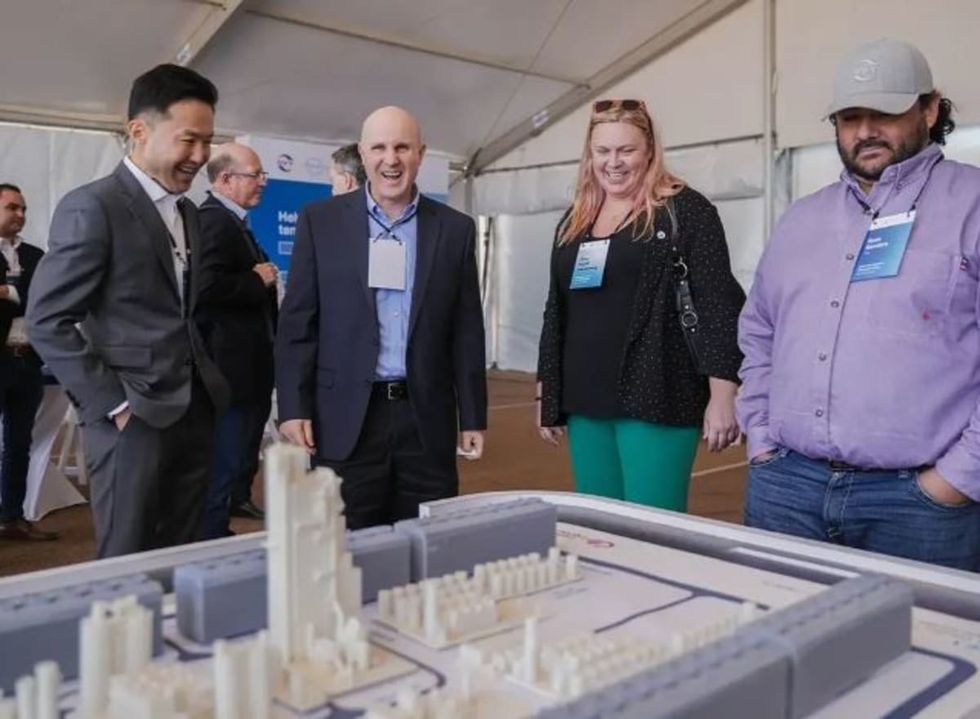
According to BlackRock CEO and Chair Larry Fink, the new DAC facility “represents an incredible investment opportunity for BlackRock’s clients” and “underscores the critical role of American energy companies in climate technology innovation.”
The STRATOS project is 30% complete and when it is fully operational in 2025, it will generate revenue by selling carbon credits. It has already inked deals with Amazon, All Nippon Airways, and TD Bank. Companies purchase climate credits to offset their carbon footprint.
On an altruistic level, carbon credits allow companies to say they’ve removed the carbon from the atmosphere that they’ve produced through manufacturing, shipping, or harvesting materials. They also purchase them to meet their net-zero goals, align with the targets of the Paris Agreement, follow industry trends, create a positive image of the company through PR, or meet customer demand for environmentally sound businesses.
If all goes well with STRATOS, Occidental hopes to expand globally like a McDonalds or Starbucks. “Instead of expecting to build 100 of these, then we can start to get into the hundreds of them and potentially the thousands that are going to be needed to be built,” she said, according to Freethink.
If Occidental and its partners can get thousands of STRATOS DACs up and running worldwide, it could significantly reduce annual CO2 production by millions of tons and provide hope that we can one day get to a net-zero world.


















 Representative Image Source: Pexels | Anni Roenkae
Representative Image Source: Pexels | Anni Roenkae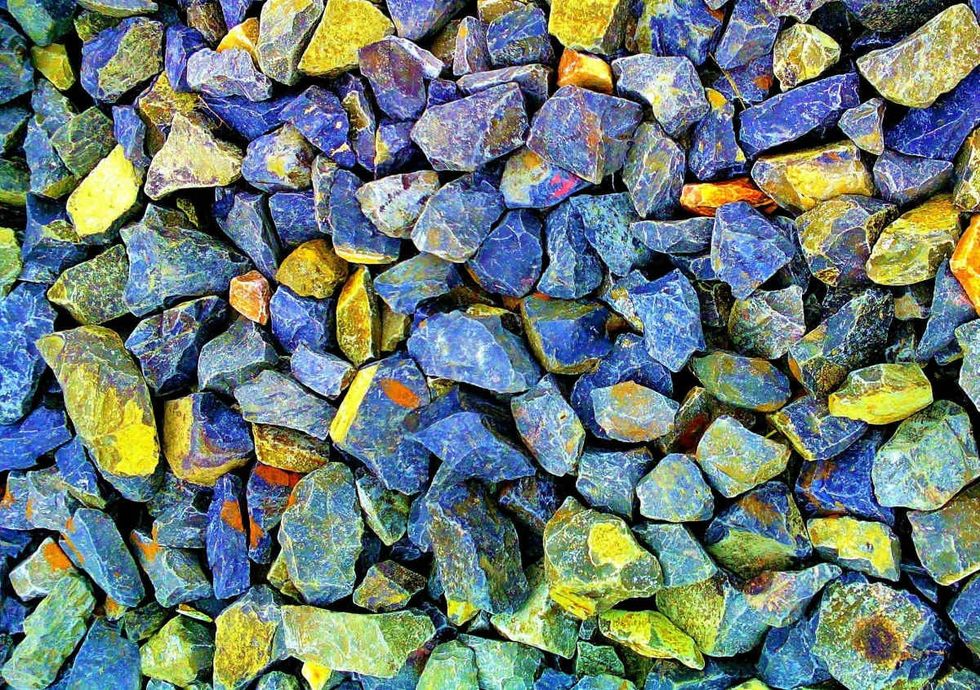 Representative Image Source: Pexels | Its MSVR
Representative Image Source: Pexels | Its MSVR Representative Image Source: Pexels | Lucian Photography
Representative Image Source: Pexels | Lucian Photography

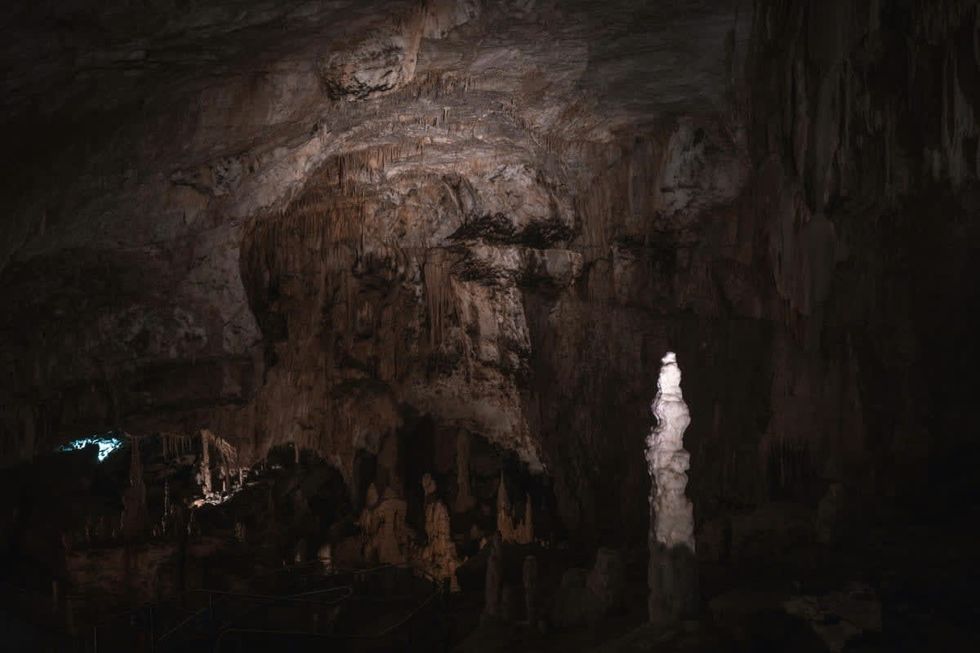 Representative Image Source: Pexels | francesco ungaro
Representative Image Source: Pexels | francesco ungaro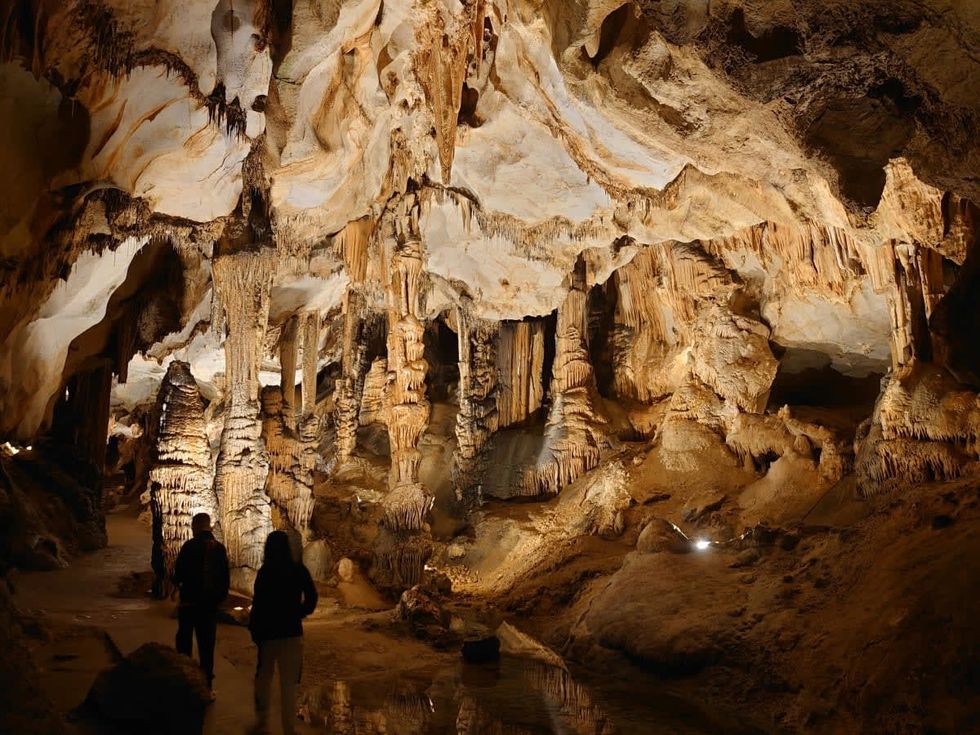 Representative Image Source: Pexels | parfait fongang
Representative Image Source: Pexels | parfait fongang Image Source: YouTube |
Image Source: YouTube |  Image Source: YouTube |
Image Source: YouTube |  Image Source: YouTube |
Image Source: YouTube | 
 Representative Image Source: Pexels | Hugo Sykes
Representative Image Source: Pexels | Hugo Sykes Representative Image Source: Sectional view of the Earth, showing central fire and underground canals linked to oceans, 1665. From Mundus Subterraneous by Athanasius Kircher. (Photo by Oxford Science Archive/Print Collector/Getty Images)
Representative Image Source: Sectional view of the Earth, showing central fire and underground canals linked to oceans, 1665. From Mundus Subterraneous by Athanasius Kircher. (Photo by Oxford Science Archive/Print Collector/Getty Images) Representative Image Source: Pexels | NASA
Representative Image Source: Pexels | NASA

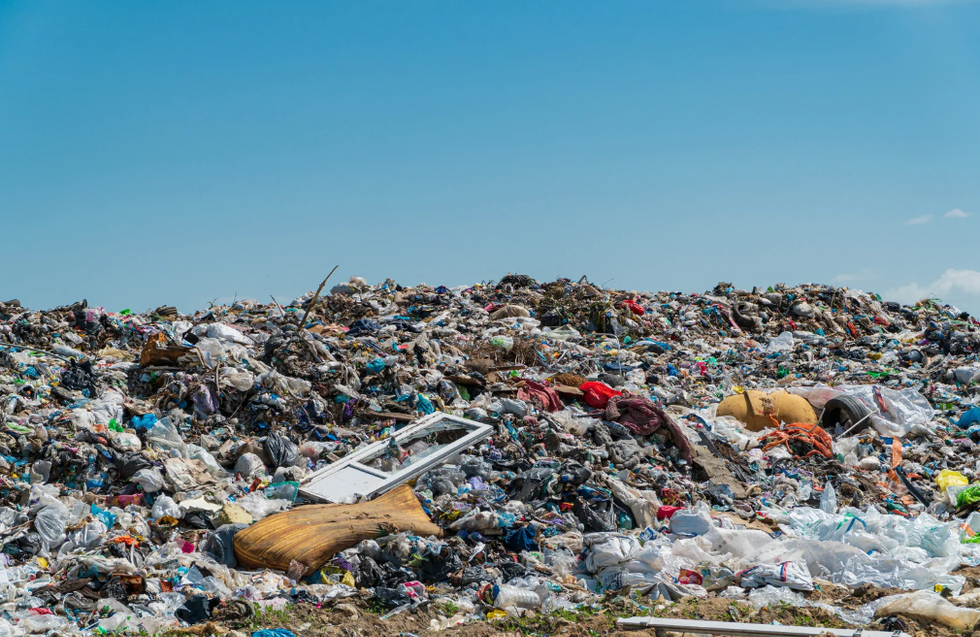


 Representative Image Source: Pexels | Steve Johnson
Representative Image Source: Pexels | Steve Johnson Representative Image Source: Pexels | RDNE Stock Project
Representative Image Source: Pexels | RDNE Stock Project Representative Image Source: Pexels | Mali Maeder
Representative Image Source: Pexels | Mali Maeder
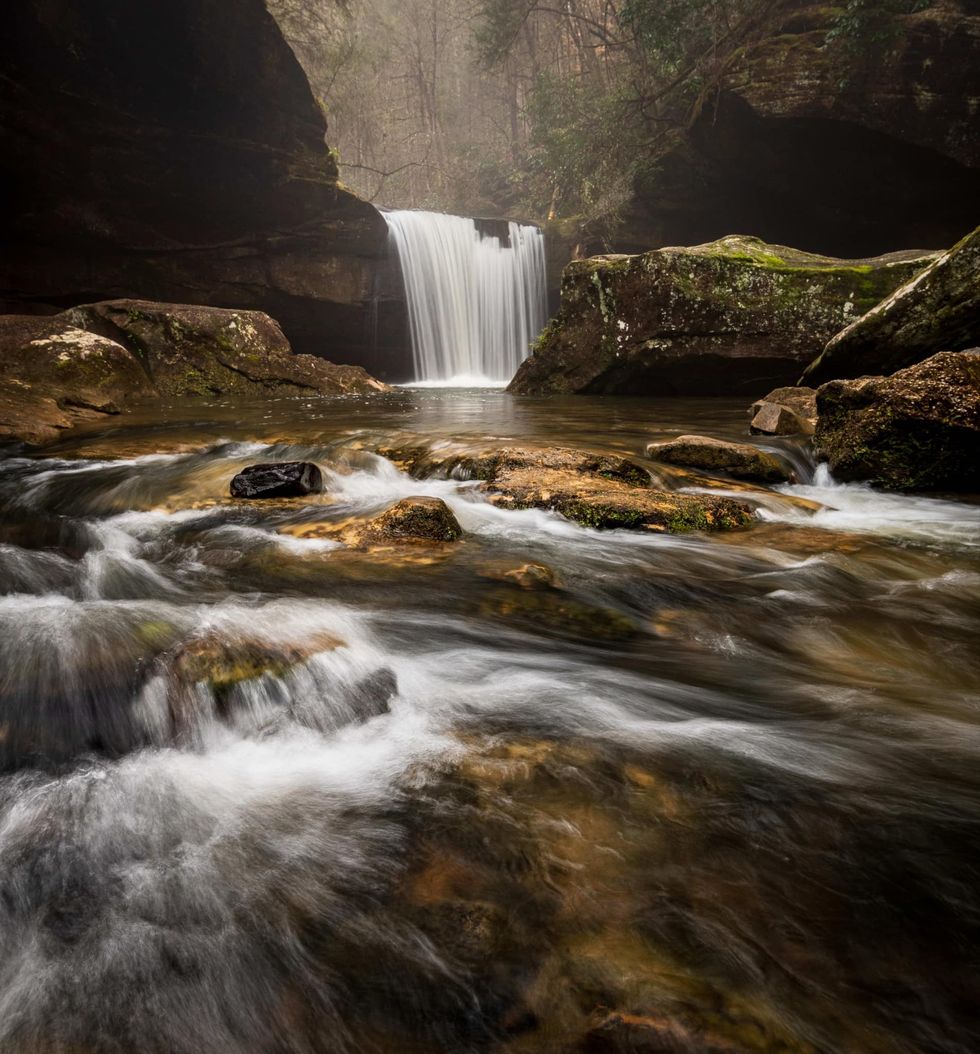 Photo: Craig Mack
Photo: Craig Mack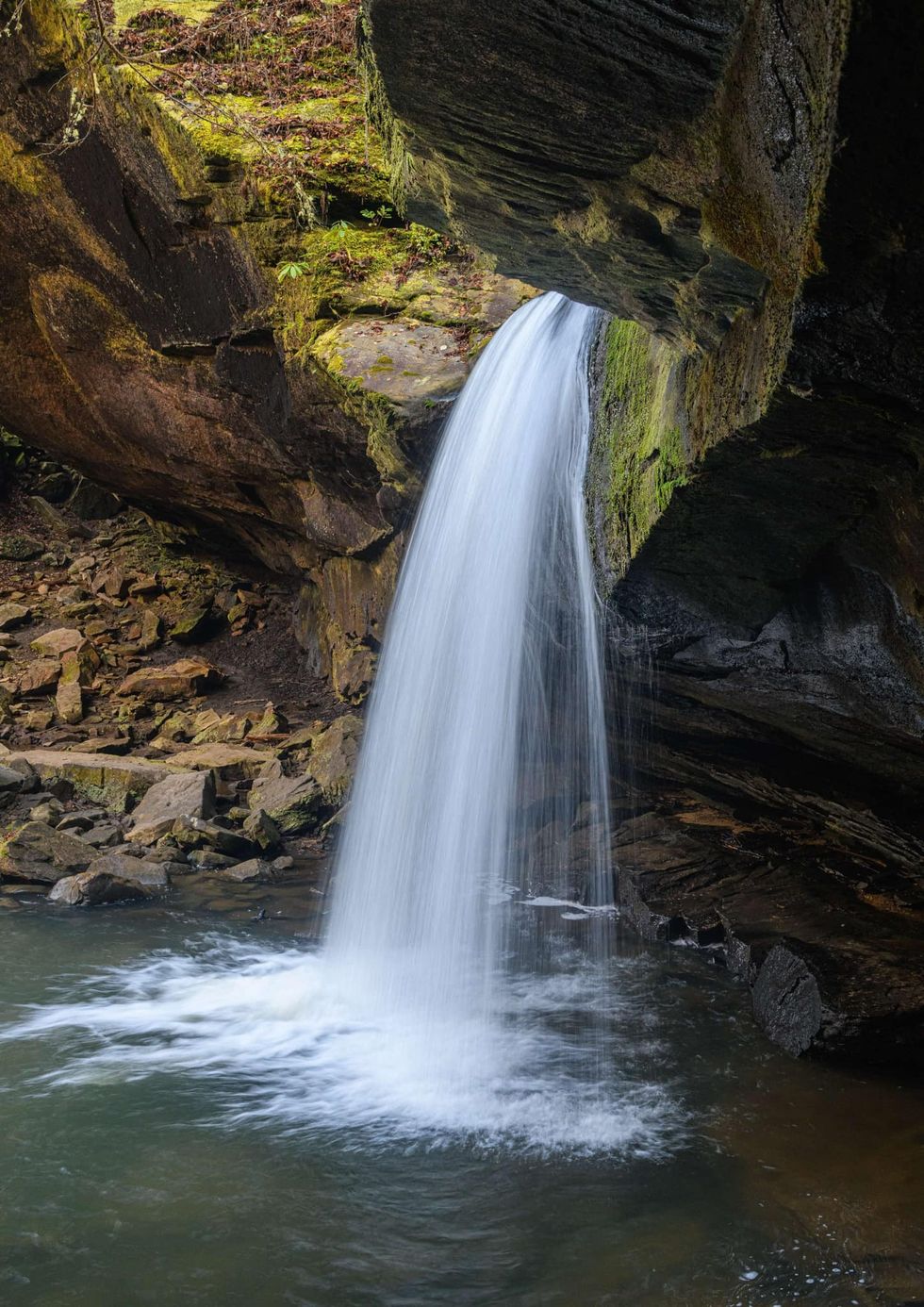 Photo: Craig Mack
Photo: Craig Mack